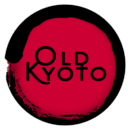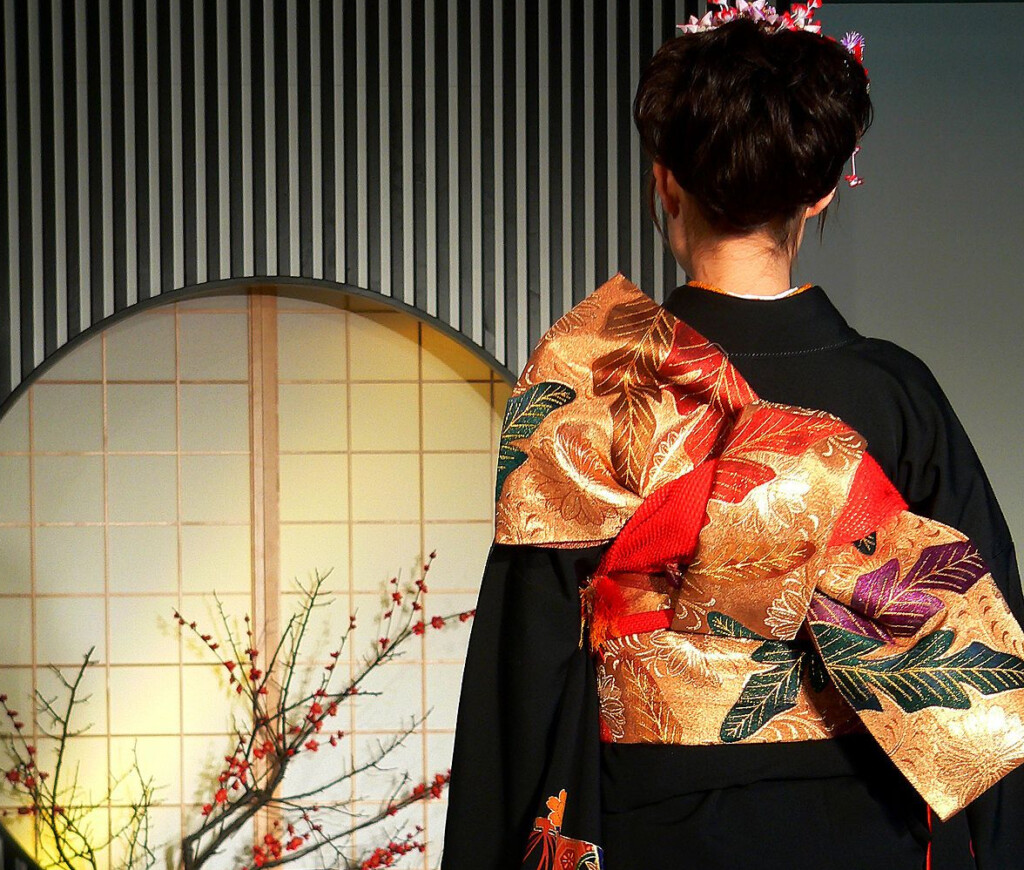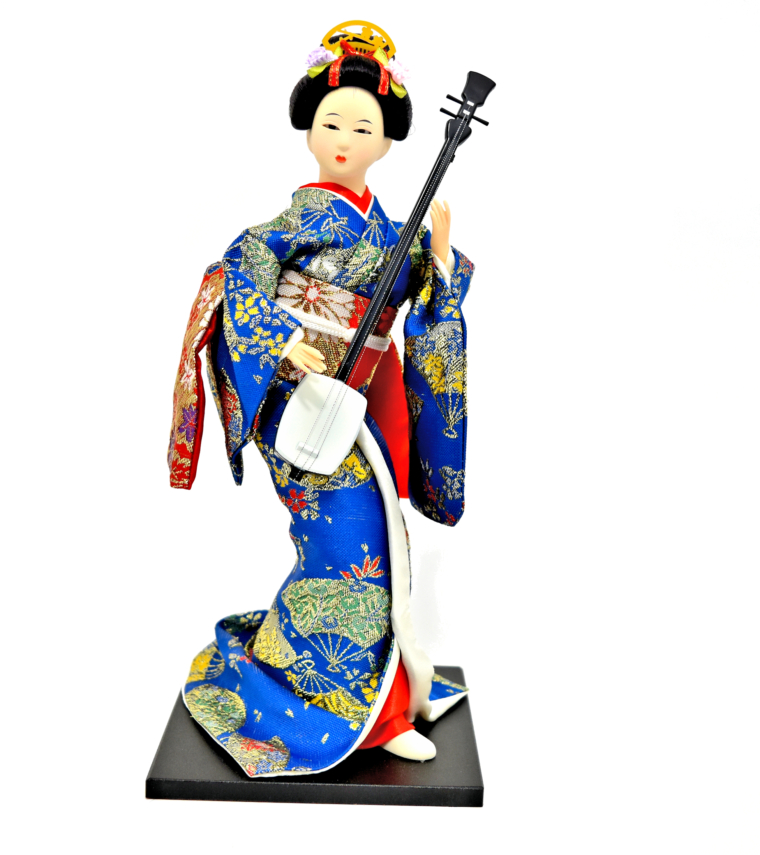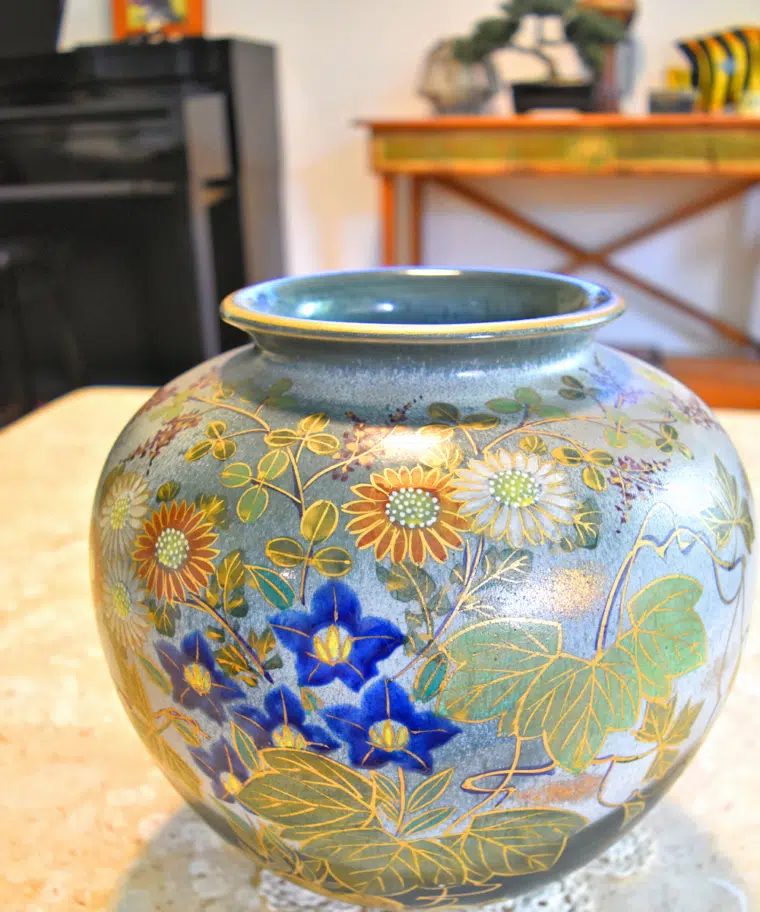The Obi’s history is one of magnificent evolution. Originating in the 16th century as a simpler, narrow cord or ribbon used to secure the kimono, it dramatically transformed during the affluent Edo period (1603-1868). As Japanese textile arts reached their zenith, the Obi widened and lengthened, becoming an extravagant canvas for weavers to display their virtuosity and for women to express their status, taste, and refinement. It evolved into the spectacular, intricate band we recognize today, often measuring over four meters long and requiring intricate tying techniques to secure.
The Splendor of the Thread
To behold a fine silk Obi is to witness textile alchemy. These are not simply dyed fabrics; they are complex tapestries, often woven in historic Kyoto workshops using techniques like Nishijin-ori. The creation is meticulous. Thousands of individual silk threads—dyed in vibrant crimsons, deep indigos, Imperial purples, and delicate cherry blossom pinks—are interlaced with extraordinary precision.
The true magic, however,lies in the shimmer. Artisans weave directly with threads of kinshi (pure gold) and ginshi (pure silver), often by wrapping delicate metallic leaf around a silk or washi paper core. When woven, these metallic threads capture the light, creating a dazzling, dimensional effect. Auspicious motifs like cranes, chrysanthemums, phoenixes, or stylized water patterns seem to float on the surface, glowing with an internal luminescence against the rich silk. The final piece is heavy, substantial, and overwhelmingly luxurious to the touch.
A Modern Renaissance
While its traditional role remains revered, the Obi’s extraordinary beauty has demanded new life in modern interiors. When these vintage treasures are unfurled, they become unparalleled artistic statements. Draped across a dining or console table, an Obi serves as an exquisite table runner, a cascade of vibrant color and metallic shimmer that anchors the room in elegance.
Even more dramatically, an Obi can be hung vertically upon a wall, transforming completely into a magnificent tapestry. Its length and narrative power create a stunning focal point, bridging ancient Japanese artistry with contemporary design. It is a testament to timeless beauty, a shimmering echo of history that continues to enrich and adorn our world.





